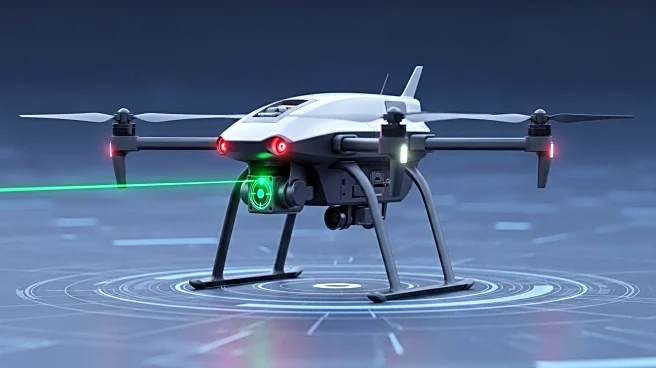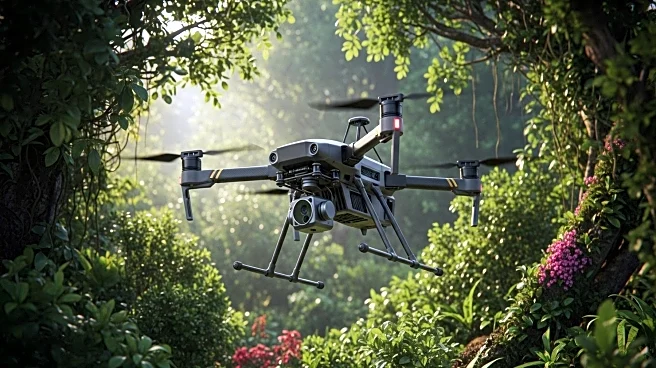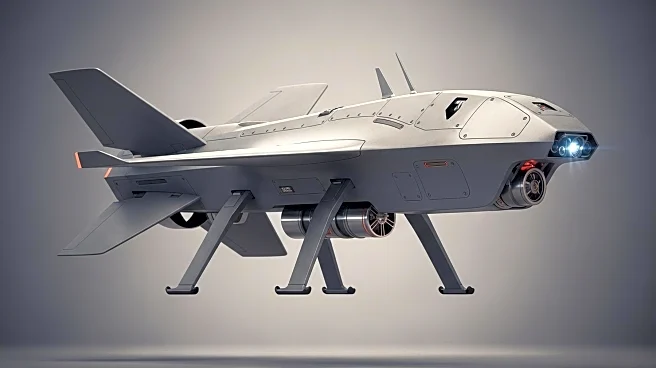What's Happening?
Unmanned Systems Technology (UST) has reported significant advancements in unmanned aerial vehicles (UAVs) and swarm communications. Key developments include the successful launch of a Switchblade 600 from an MQ-9A UAS by GA-ASI and AeroVironment, demonstrating the concept of large unmanned platforms acting as airborne motherships. Additionally, TEKEVER introduced the AR3 Evolution, a modular UAS designed for multi-domain missions, and Meshmerize revealed a MANET stack for expendable drones, enhancing swarm networking capabilities.
Why It's Important?
These advancements in UAV technology and swarm communications are crucial for defense and autonomy sectors, offering enhanced operational capabilities and reduced risks to manned systems. The ability to deploy smaller effectors from larger platforms extends operational reach and provides strategic advantages in contested environments. The focus on modularity and interoperability reflects a growing trend towards flexible and scalable unmanned systems, which could significantly impact military strategies and defense policies.
What's Next?
The continued development and testing of these technologies are expected to lead to more practical demonstrations and integration into defense operations. Stakeholders, including military and defense contractors, will likely explore further applications and partnerships to leverage these advancements. The emphasis on modular and interoperable systems suggests ongoing innovation and potential shifts in defense procurement strategies.
Beyond the Headlines
The integration of swarm communications and modular UAVs may also influence broader technological trends, such as increased investment in AI and machine learning for autonomous systems. Ethical considerations regarding the use of unmanned systems in warfare and surveillance may also arise, prompting discussions on regulatory frameworks and international agreements.










